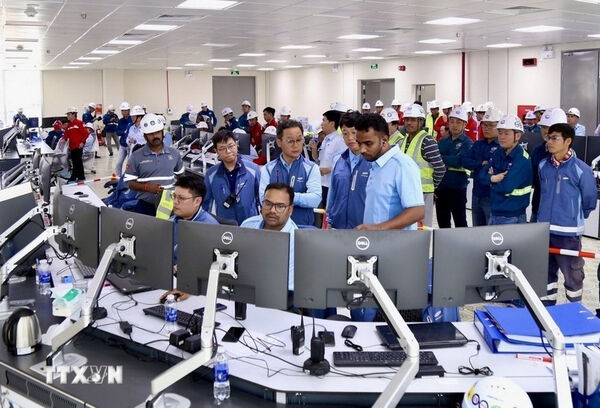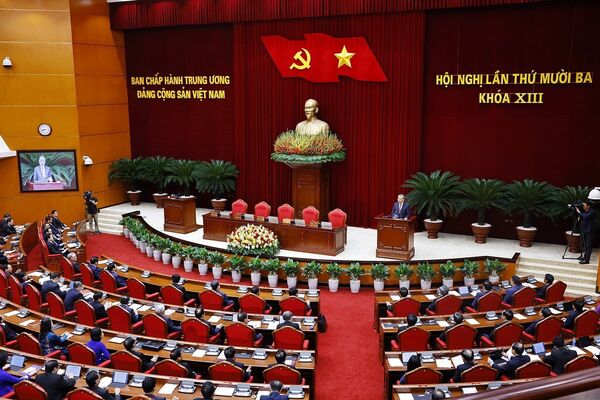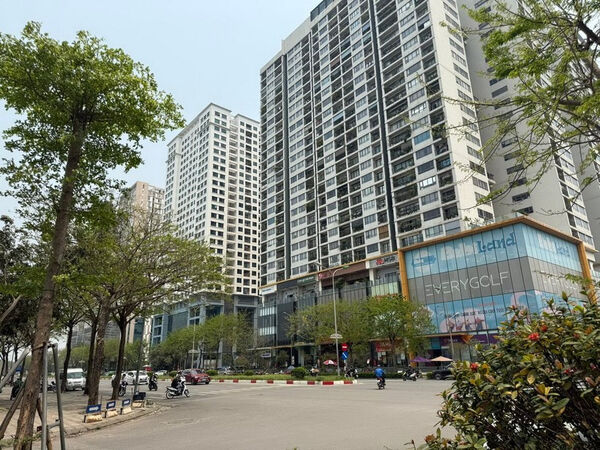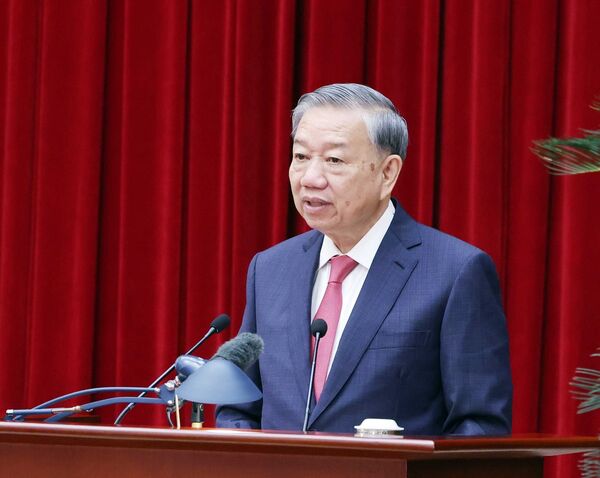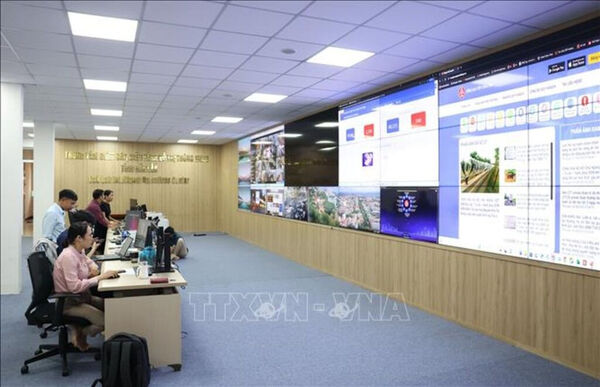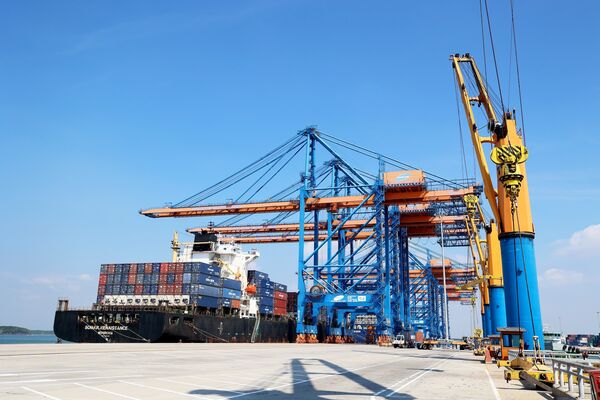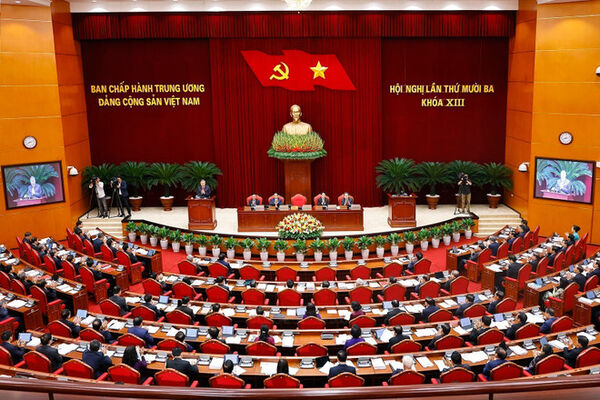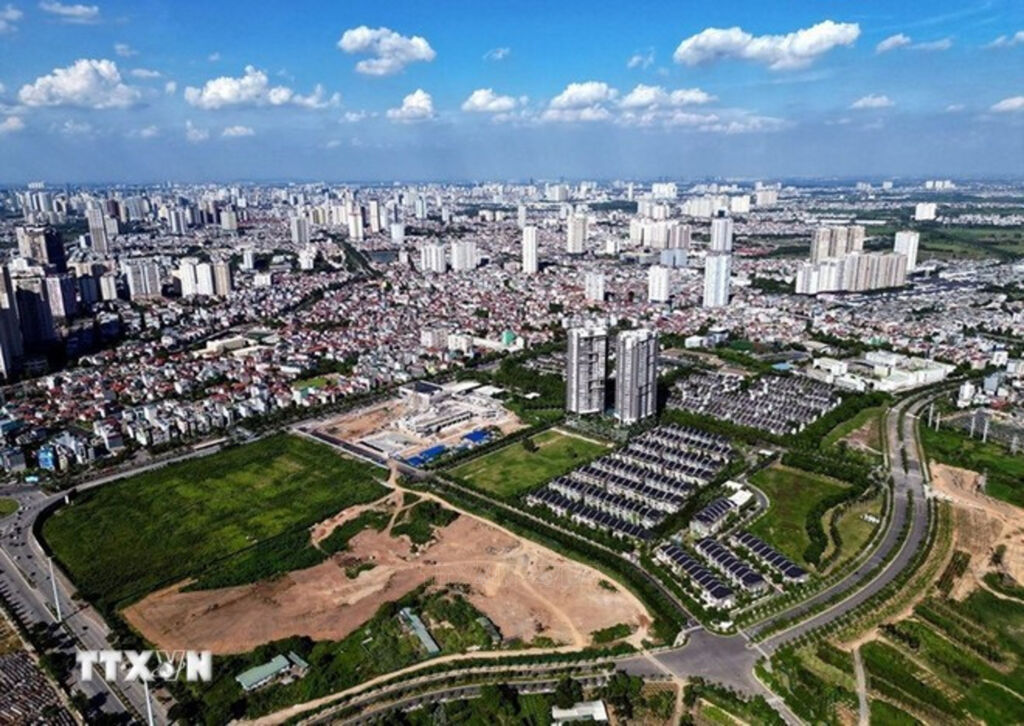 |
| The expansion and connectivity of the national infrastructure network are widening access to labour resources and consumer markets. (Photo: VNA) |
Hanoi (VNA) – Vietnam’s real estate market is undergoing a pivotal transition, shaped by three major structural changes – the administrative boundary mergers, the rollout of large-scale infrastructure projects, and the implementation of the amended Land Law 2025, which will take effect in early 2026.
The Government’s decision to merge certain provinces and cities is expected to necessitate adjustments to all existing master plans while streamlining project approval procedures. This is set to reduce administrative barriers, accelerate project timelines, and refresh project promotion strategies.
At the same time, the expansion and connectivity of the national infrastructure network are widening access to labour resources and consumer markets. Reduced transportation time and logistics costs are expected to boost trade flows, especially in emerging secondary markets.
Meanwhile, the enhanced legal framework lays the foundation for a more transparent mechanism in compensation, project approval, licensing, and secondary market transactions.
Among all sectors, industrial real estate is poised for the most significant growth, driven by the global supply chain shift and Vietnam’s export-oriented economy.
For the segment, in the first nine months of 2025, foreign direct investment (FDI) reached over 28.5 billion USD, up 15.2% year-on-year. This surge has increased demand for manufacturing expansion, larger investment scales, and industrial infrastructure development, signaling a strong long-term outlook.
As a result, assets such as ready-built factories, warehouses, cold storage facilities, and sorting centres are drawing heightened investor attention, leading to rising rental prices. Major infrastructure projects located near ring roads, expressways, international airports, and deep-water ports are expected to shorten delivery times, cut logistics costs, and strengthen regional connectivity.
The key challenges in this segment remain land clearance and uneven progress in transport infrastructure.
Improved transport links and revised local planning post-merger are set to spur tourism in new destinations. Expressways, airports, and coastal routes will reduce travel times and make it easier for visitors to explore areas with coastal and highland attractions. Ultimately, the speed of infrastructure development will determine the success of resort and tourism real estate projects.
The retail property segment also holds strong promise. Robust domestic consumption, a growing middle class, and rapid urbanisation are fueling demand for modern shopping facilities.
Future retail supply is expected to expand notably in secondary and tertiary markets such as Tay Ninh, Dong Thap, Can Tho, Hung Yen, Hai Phong, Nghe An, and Thai Nguyen. Meanwhile, demand for urban shopping experiences and integrated retail spaces remains high, supporting both geographical expansion and financial performance growth across the segment./.
